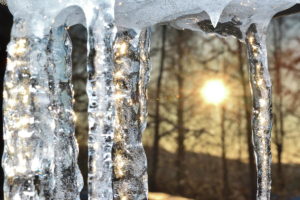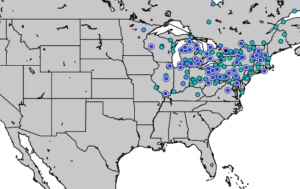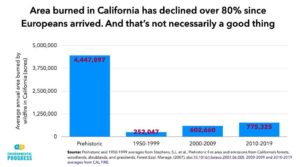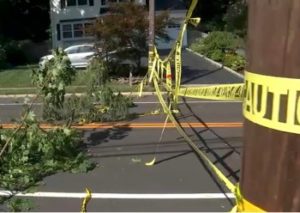by B. Ziesloft, Aug 19, 2022 in DailyWire
Strategic Petroleum Reserve levels have reached their lowest levels in four decades as autumn and winter weather conditions approach, according to data from the Energy Information Administration.
President Joe Biden has responded to rising gas prices by releasing one million barrels of oil per day from the Strategic Petroleum Reserves — a stock of emergency crude oil created to “reduce the impact of disruptions in supplies of petroleum products.” Though reserves in January 2021 were as high as 638 million barrels, reserves have fallen to 461 million barrels as of August 2022 — a level not seen since March.
The national average price of gasoline was $2.38 per gallon when President Joe Biden assumed office, according to the Energy Information Administration, and increased to $3.53 per gallon by the start of the Russian invasion of Ukraine. Prices surpassed $5.00 per gallon in early June before subsiding to $3.92 per gallon as of Friday, according to AAA.
Biden nixed an expansion of the Keystone XL Pipeline upon his entrance into office. Yet the commander-in-chief has repeatedly cast the actions of Russian President Vladimir Putin as the main factor behind soaring energy costs.
“Putin’s Price Hike hit hard in May here and around the world: high gas prices at the pump, energy, and food prices accounted for around half of the monthly price increases, and gas pump prices are up by $2 a gallon in many places since Russian troops began to threaten Ukraine,” Biden said in a June statement. “Even as we continue our work to defend freedom in Ukraine, we must do more — and quickly — to get prices down here in the United States.”
…











